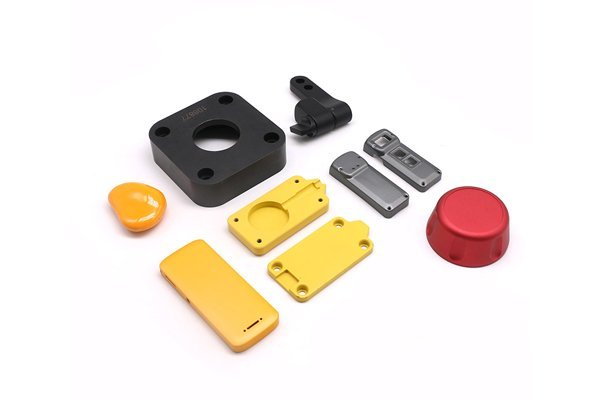Did you know that the right choice of material can significantly affect the durability and performance of CNC machined parts? In fact, a recent study indicated that up to 80% of performance-related failures in machined parts can be attributed to material selection. This staggering statistic emphasizes the importance of understanding material properties in CNC applications. As industries increasingly turn to Computer Numerical Control (CNC) machining for producing precise components, the need for knowledge about the durability of various materials becomes more critical.
CNC machining offers unmatched precision and flexibility for manufacturing components across various domains, from aerospace to automotive. However, not all materials deliver the same performance and longevity. With such a broad array of options, how can manufacturers decide which materials will withstand wear and tear, minimize failures, and extend service life? This blog aims to explore the crucial differences in durability across several commonly used materials in CNC applications, offering a detailed analysis that delves into properties, performance, and best practices for material selection.
Understanding Material Durability in CNC Machining
What is Material Durability?
Material durability refers to the ability of a material to withstand wear, pressure, or damage. It encompasses various characteristics, including hardness, tensile strength, fatigue resistance, and corrosion resistance. In CNC machining, the durability of a material impacts not only the final product but also the overall manufacturing process. Optimal durability translates into fewer failures during production, extended product lifespan, and reduction of costs associated with maintenance and replacements.
Why Material Choice Matters in CNC Applications
The materials used in CNC machining operations can drastically change performance outcomes. Components that serve in harsh environments, or those that experience frequent mechanical load, demand materials engineered for durability. Furthermore, different industries have specific requirements for their components, which necessitates the careful evaluation of properties such as thermal stability, machinability, and ability to undergo surface treatments.
Before diving into specific materials, let’s take a look at some of the most commonly used materials in CNC machining and how they fare in terms of durability.
Common Materials in CNC Machining
Comparative Analysis of Material Durability
Mechanical Properties
To compare the durability of materials effectively, one must evaluate critical mechanical properties:

Performance Under Stress
Environmental Resistance
Different materials react differently under varying environmental conditions:
Strategies for Improving Material Durability
Choosing the right material for specific applications cannot be overstressed. The specific operating environment should dictate material choice, factoring in mechanical, thermal, and chemical demands.
Applying coatings or surface treatments can enhance durability. For example:
Employing optimal machining parameters can significantly influence wear rates and longevity. This includes controlling feed rate, speed, and tool quality to reduce heat generation and wear.
Periodically inspecting and maintaining machined products can help identify wear and tear before they lead to failures. Proactive maintenance extends the lifecycle of machined components.
Integrating durability into the initial design phase can involve simplifying shapes to reduce stress points or choosing geometries that distribute loads evenly.
In conclusion, the durability of materials in CNC machining is an integral component that directly influences performance and longevity. Understanding the mechanical properties and environmental resistances of different materials—be it aluminum, stainless steel, brass, plastic, or titanium—allows manufacturers to make informed decisions that optimize outcomes.
By implementing strategies such as careful material selection, surface treatments, process optimization, regular maintenance, and design considerations, manufacturers can significantly enhance the quality and durability of their components.
As industries continue to evolve, the demand for high-performance and durable CNC machined parts will rise. Recognizing the importance of material durability ensures that projects not only meet quality specifications but also promote cost-effectiveness and sustainability. Therefore, the depth of knowledge about material characteristics is not merely an academic exercise; it directly impacts the bottom line, safety, and sustainability of products in the marketplace. The implications of material choice in CNC machining are profound and warrant continuous consideration.
With the future of manufacturing leaning toward enhanced automation and precision, this discourse on material durability has never been more relevant. Choose wisely, design carefully, and remember that the longevity of your machined parts is a reflection of the material decisions you make today.






